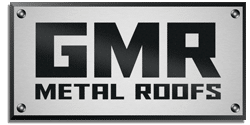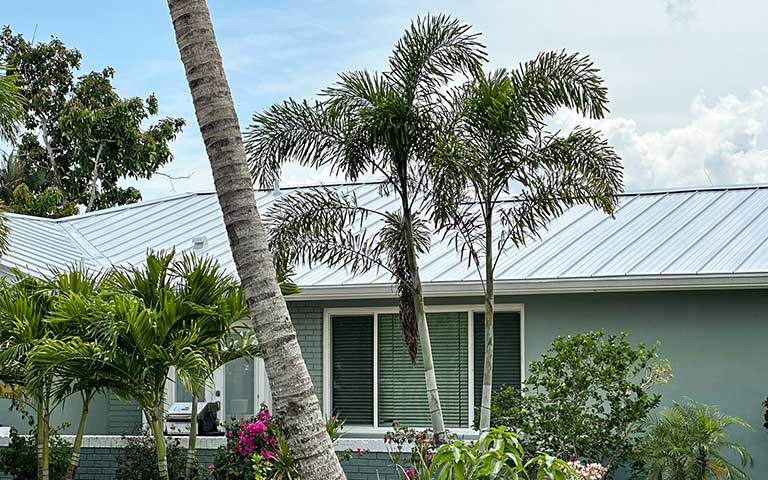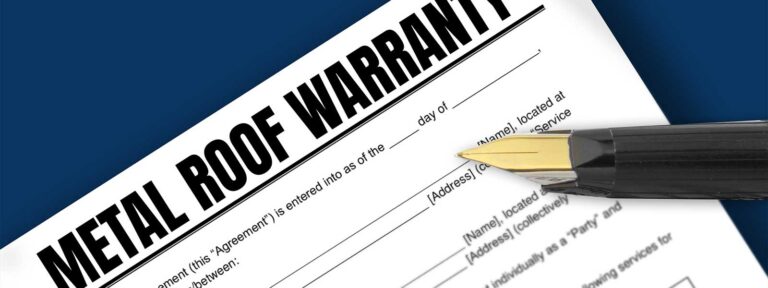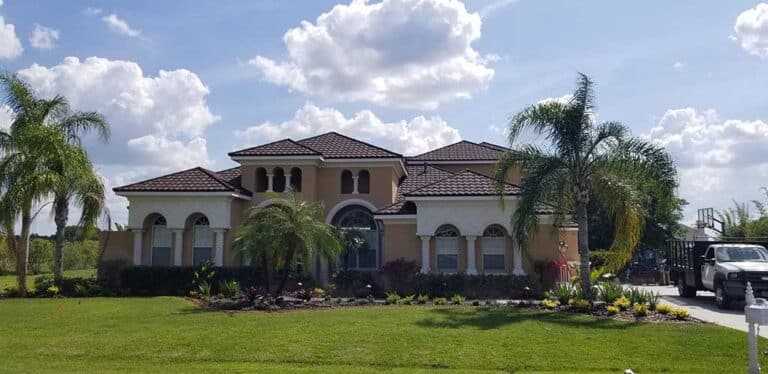Roof Replacement Guide: Recognizing the Signs for a Safer Home
Your roof silently shields your home from the elements, standing as the first line of defense against rain, sun, and snow. Yet, like any part of your property, it ages and endures wear and tear. Knowing when to replace your roof is crucial to maintaining your home’s structural integrity, energy efficiency, and overall value. In this comprehensive guide, we’ll explore the key indicators that signal it’s time for a roof replacement, empowering homeowners to make informed decisions and protect their investments.
1. Age and Lifespan Assessment:
Understanding the age of your roof is the first step in gauging its potential need for replacement. Most roofing materials have a finite lifespan. Asphalt shingle roofs, for example, typically last 20-25 years, while metal, tile, and slate roofs can endure much longer. If your roof is nearing or surpassing its expected lifespan, it’s wise to consider a professional inspection to evaluate its condition and determine if replacement is necessary.
2. Visible Wear and Tear:
Performing regular visual inspections can unveil signs of wear and tear on your roof. Look for cracked, curled, or missing shingles, as well as areas where granules have worn away. Additionally, check for sagging spots, rotting wood, and rusted flashing. These visible indicators often point to underlying issues that may require immediate attention and potential roof replacement.
3. Water Leaks and Moisture Issues:
Water leaks are a red flag that your roof may be compromised. If you notice water stains on your ceiling or walls, dampness in your attic, or signs of moisture around vents and chimneys, it’s crucial to address these issues promptly. Ignoring water leaks can lead to more extensive damage and may necessitate a complete roof replacement to ensure the long-term health of your home.
4. Storm Damage and Extreme Weather Effects:
Severe weather events can take a toll on your roof, leading to damage that may require urgent attention. After a major storm, carefully inspect your roof for visible signs of harm such as dented or punctured shingles, torn flashing, and displaced roofing materials. Timely repairs or replacement can prevent further deterioration and fortify your home against future weather challenges.
5. Energy Efficiency Considerations:
An aging roof can compromise your home’s energy efficiency. Poor insulation, inadequate ventilation, and thermal leaks can result in increased energy consumption and higher utility bills. Upgrading to a new roof with modern insulation materials and energy-efficient features can improve your home’s overall efficiency and reduce long-term energy costs.
Prioritizing Home Safety and Value
Knowing when to replace your roof is a critical aspect of responsible homeownership. By staying vigilant, conducting regular inspections, and addressing issues promptly, you can extend the life of your roof and protect your home. Whether prompted by age, visible damage, leaks, or energy concerns, investing in a new roof is an investment in the safety, comfort, and value of your home.
If you suspect your roof may be due for replacement, consult with experienced roofing professionals for a thorough inspection and expert guidance. By taking proactive measures, you ensure that your home remains a secure and comfortable haven for you and your family.





